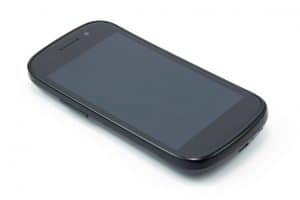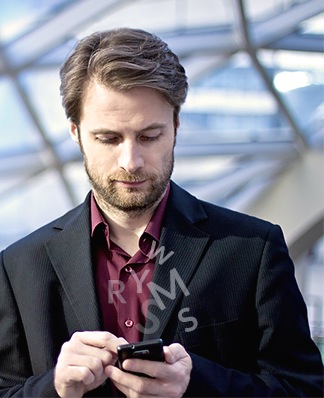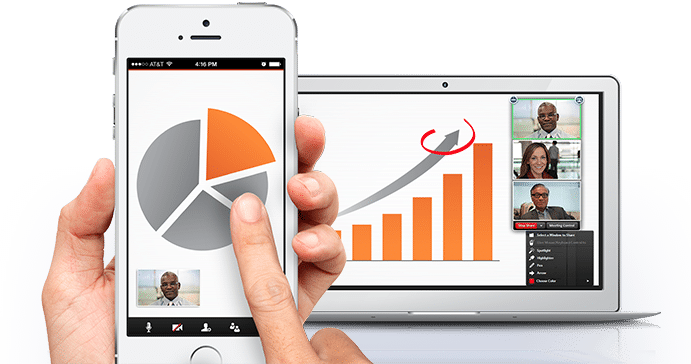Back in November, you may have read about the survey conducted by Dimensional Research on behalf of RingCentral – it found that today’s mobile-savvy knowledge workers (especially Millennials) are cutting the “corporate cord” and ushering in a new era of communications. This move toward mobility is fundamentally changing not just the technology we use in the workplace, but how, when and where work is getting done today.
As RingCentral’s head of product management, it’s my job to stay on top of technology trends. As I look toward the next five or so years, I see an environment where new mobile devices and business tools will allow people to interact via voice, video and text like never before.

The office of the future will be completely untethered
Over the past several years, the proliferation of mobile devices has allowed users to move outside the constraints of the corporate network. People use applications such as Evernote to make their thoughts and ideas accessible from anywhere. Other products, like Box (my former employer), provide multi-point access to data so that business can be conducted anywhere, anytime.
As mobility evolves, it will get easier for users to integrate all of their favorite productivity tools so as to become even more effective – whether they’re at their desks or on the road.
Workers, not IT, will dictate software choices
Much has been made of IT departments’ struggles with securing employee personal devices in the BYOD era. In the coming years, it will not just be devices but business applications that employees will be bringing into work – a trend dubbed BYOA (Bring Your Own Apps).
Increasingly, corporate IT is finding the collective wisdom of a tech-savvy workforce is the best way to surface best-of-breed tools.
Gmail offers one example. The free email service innovated a thread-based email view which – frankly – blew conventional email platforms out of the water. The Gmail experience heightened users’ expectations for an appealing email interface, forcing legacy players like Microsoft to take notice and implement their own thread-based view. This is corporate IT “consumerization” in practice – and it’s likely to become even more common.
Work will transition from email- to stream-based interaction
The move toward mobility allows distributed workforces to assemble a virtual office. I see this on a daily basis: Interactions happen inside RingCentral across multiple time zones, languages and cultures. Essentially, our work can continue around the clock.
This is exciting – but it’s also making one-to-one communication systems like email look increasingly antiquated. Moving forward, I expect to see a shift from email-based interaction to stream-based interaction (where information and ideas are built on top of each other, and the distribution list is organic).
Email, when you think about it, isn’t all that much different from the interoffice memos of yore. But in a world where offices are virtualized, you really need instant, continuous, and unbroken interaction to connect the minds of knowledge workers in each time zone.
Software companies have responded, as the emergence of social business services like Yammer, Jive, and Chatter show. Yet the platform shift of mobility requires yet another evolutionary bump.
I believe we will see the emergence of hybrid solutions that incorporate standard communication technologies – voice, text and video conferencing – into business communication streams designed specifically for mobility. You already see this happening on the consumer front, as mobile text messaging apps with voice and video capabilities (such as WhatsApp, Viber and WeChat) replace SMS.
(According to Informa [see this BBC article], the top messaging apps are projected to send 50 billion messages per day by the end of 2014, more than twice the projected volume of SMS.)
In thinking about the workplace of the future, I don’t think the concept of the office itself will ever go away – it will just continue to evolve across geography, time zones and cultures. Human interaction, after all, will always be necessary. And technology will increasingly play the role of the enabler: helping increase efficiency and interaction to ensure continuous workflow around the world and around the clock, in ways that empower us to work the way we want.
Featured image courtesy of justusbluemer via photopin cc.
Originally published Mar 31, 2014, updated May 27, 2021




